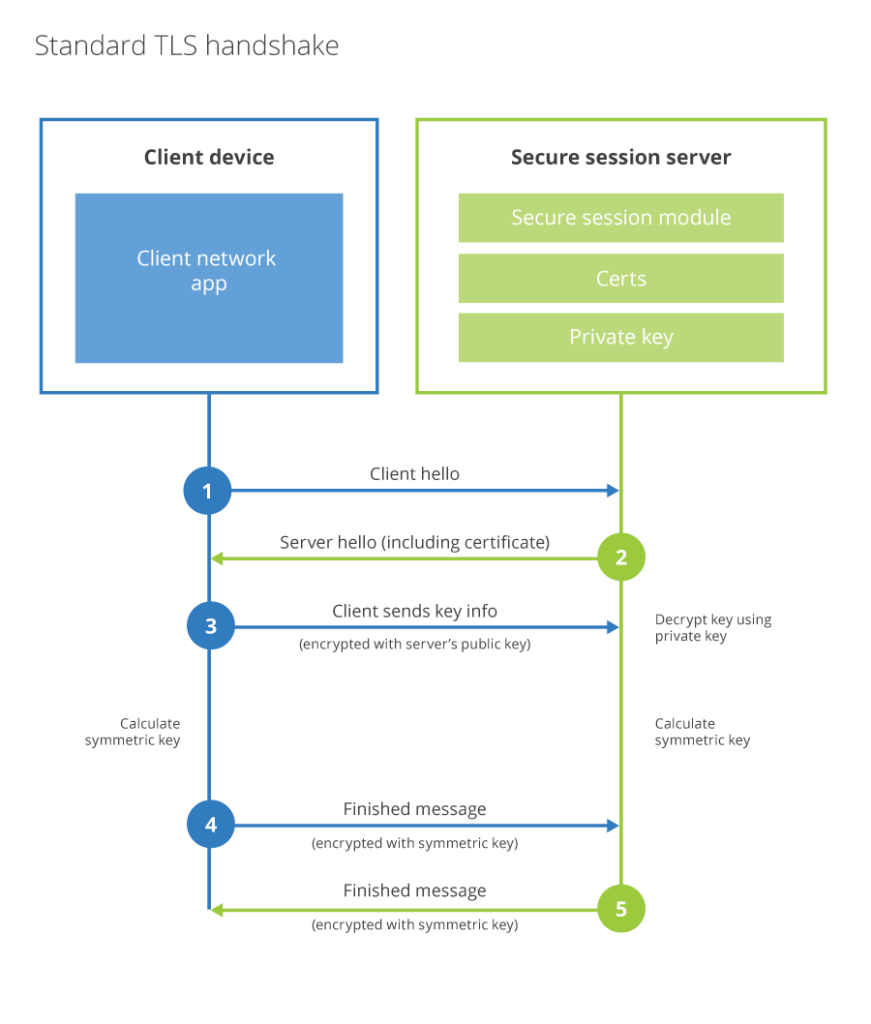Sometime back, I talked about HTTPS, and discussed how SSL or Secured Socket Layer can help us establish a secured connection between client and server. TLS or Transport Layer Security can be thought of as an updated version of SSL protocol.
The image below shows the standard handshake process in TLS based communication. When a client tries to communicate with the server, the server sends back its certificate to the client along with its public key. Client after authenticating the server certificate sends the symmetric key encrypted by the public key shared by the server earlier. The server decrypts the key and finally, their communication is done using the symmetric key.

In the case mentioned above, we can see how the client, mostly the browser, validates the server certificate to trust it. An extension to the above communication style is mutual TLS or mTLS. As the name suggests, we are referring to a scenario where both server and client need to trust each other, mostly in this case client is another service or IOT based device. In this case, both the client and server will share their certificates and build mutual trust by authenticating the certificates.

